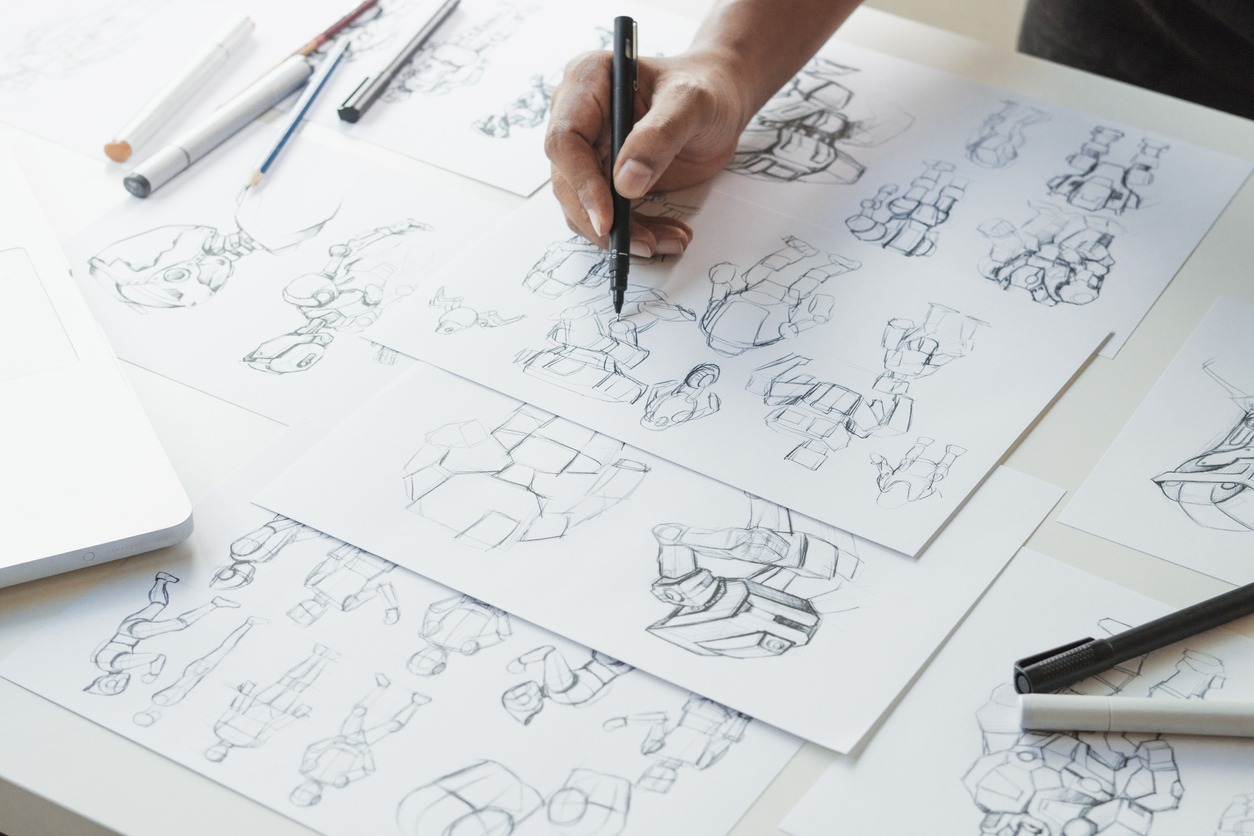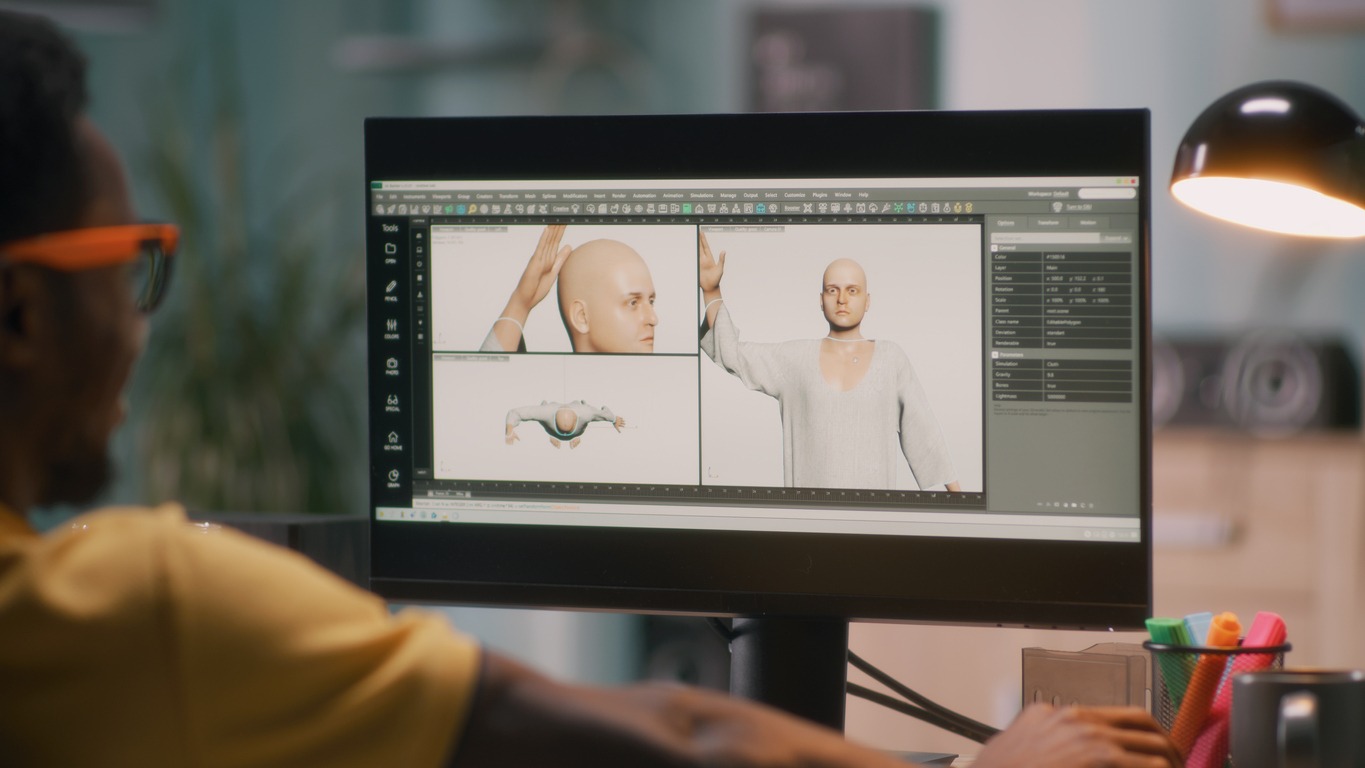Everyone’s childhood has been inextricably linked with cartoons. By stimulating their minds with color, animation, and dialogue, they can keep kids’ attention. In addition to television, cartoons have the same ability in other media as well. The abundance of illustrations in children’s storybooks is due to this. For kids, cartoons serve as more than just a quick form of entertainment. Many skills, including focus, comprehension, and communication, are developed and improved. Children are also taught the value of education by them. A fascinating history surrounds this style of art. Here is the history and origin of cartoons.
Origin of the Word
The word “cartoon” originally meant a drawing made on paper as a full-size study for art. The word comes from the Italian “cartone,” which means “big paper.”
The use of cartoons for fresco painting, a process that involves applying pigment to a wet lime plaster wall, dates back to the sixteenth century. One of two methods was used to transfer the composition from the paper to the plaster wall after it had been drawn on the paper. The design was then indented into the plaster by the artist using a tool or a perforating tool, and the lines of the composition were then marked with charcoal dust.
Cartoon Artists
A cartoonist is almost identical to a cartoon artist, with the exception that they are both experts in writing and drawing cartoons or comics. A cartoonist’s job is to create the appropriate visual representation of the corresponding content or idea. They can also be referred to as animators in the second sense or illustrators. The illustration is the art of creating visuals that can convey a story without requiring direct attention or lengthy reading. The illustration’s purpose is to give the drawing personality and character.
First Use of Cartoons
Cartoons used to be made for a variety of reasons. After caricatures, cartoons became popular in Italy, and they were used to decorate frescoes. Such paintings, which are incredibly common in Italy, are painted on wet plaster or a ceiling. After that, as the modern era drew near, cartoons were used as a form of humor, particularly in politics. Over time, satire began to appear more and more in cartoons. Cartoons naturally influenced mass media culture because they were infused with politics. The first satirical cartoon was published in Punch Magazine in 1843. John Leech was the man behind the cartoon, “Substance and Shadow.”
Cartoons and Comics
With time, comic books containing print cartoons geared toward younger readers began to proliferate. In the early 1900s, they became wildly popular throughout Great Britain. Cartoons back then had a clear narrative and were longer than they were in earlier editorials. They came into existence as a rival to other conventional forms of entertainment like books and magazines.
Political Cartoon
An illustration or “comic strip” with a political or social message is referred to as an editorial cartoon or a political cartoon. Early in the 1500s, in Germany, during the Protestant Reformation, editorial cartoons first appeared. Martin Luther, the founder of the Reformation, used the printed word to communicate his ideas to a largely illiterate populace. Broadsheet posters and illustrated pamphlets with images protesting the actions of the influential Catholic Church were distributed, and these mediums were successful in reaching a sizable portion of the population.
Cartoons in the Early Age of Motion Pictures
Émile Cohl, a French cartoonist, was frequently referred to as “the father of the animated cartoon.” The 50-year-old Cohl allegedly noticed a movie poster in 1907, at a time when motion pictures were gaining more popularity, and thought it had been lifted from one of his comic strips. He then confronted the studio manager, who immediately hired him.
The popular movie “The Haunted Hotel,” which debuted in April 1907, served as the inspiration for the idea of creating animation. Cohl carefully examined the movie, learning the principles of animation as a result. Cohl could have gotten the idea for this technique from several films that came out before 1907, but he came up with it on his own. The first fully animated motion picture is generally regarded as Cohl’s Fantasmagorie from 1908. This animation was almost two minutes long and featured 700 drawings.
Cartoon Art Styles
Traditional animation, motion graphics, stop-motion, 2D animation, and 3D animation are just a few of the animation styles available to cartoon creators. There are various cartoon art forms as well.
Old Cartoon Drawing Style
Long ago, cartoonists used a drawing technique known as “old school” cartooning that was distinguished by its use of black-and-white and high-contrast body parts. Betty Boop and Mickey Mouse are two illustrations.
Modern Cartoon Style
One of the most widely used styles, which you can see on various cartoon channels, is the contemporary cartoon style. This style’s main benefit is that it uses straightforward shapes with few details, which speeds up the animation process and saves the studios money. Here are some instances: Dexter’s Laboratory, The Powerpuff Girls, and so forth.
Japanese Cartoon Art Style
Comparable to the western style, the Japanese cartoon art style is a broader concept. Particular cartoon art forms fall under this category and differ from one another. Some of them include traditional manga, contemporary anime, chibi artwork, etc.
Classic Manga
The characters in classic manga have very human-like proportions and place a greater emphasis on female bodies. Exaggerations of the body can occasionally be seen, such as long legs or enormous eyes. Sailor Moon serves as a good illustration of this.
Modern Anime Style
The characters and surroundings are highlighted by the modern anime style’s increased complexity and extensive use of shadows. Fullmetal Alchemist Brotherhood and My Hero Academia are just a couple of examples of contemporary animes that use this aesthetic.
Chibi Drawings
The main goal of chibi drawing is to reduce characters to miniature versions of themselves. The television shows Bottle Fairy and Lucky Star are two examples of this type.
Minimalist Cartoon Art Styles
Video games are the main context for minimalist cartoon art styles. These can be created and animated more quickly because they are more straightforward. Stickmen can also be used to create cartoons in a minimalistic manner. This is a very simple style, but if executed properly, it can look quite nice.
Realistic Cartoon Art Styles
A more intricate form of art that keeps shapes in line with reality is realistic cartoon art. Due to the tendency of cartoon drawings to simplify shapes, this cartoon style is uncommon. If we give it some thought, caricatures could fall under this category. They must be extremely realistic in addition to the degree of exaggeration. Archer and Ugly Americans are two examples of cartoons with a realistic aesthetic.
Conclusion
The development of cartoons is incredibly interesting. Since that time, the production of cartoons as well as their popularity has flourished, and they continue to be very well-liked and widely watched even today.




